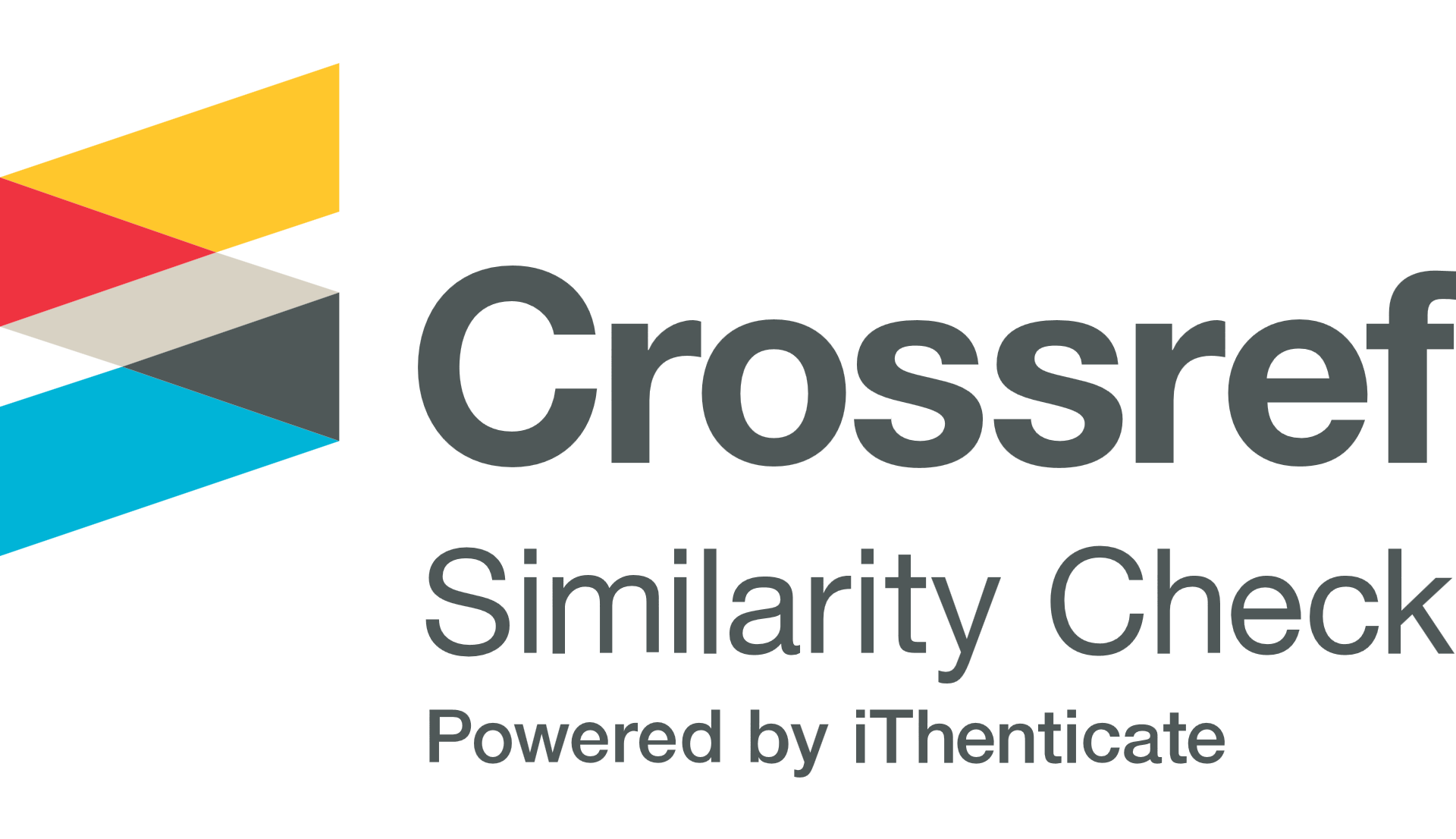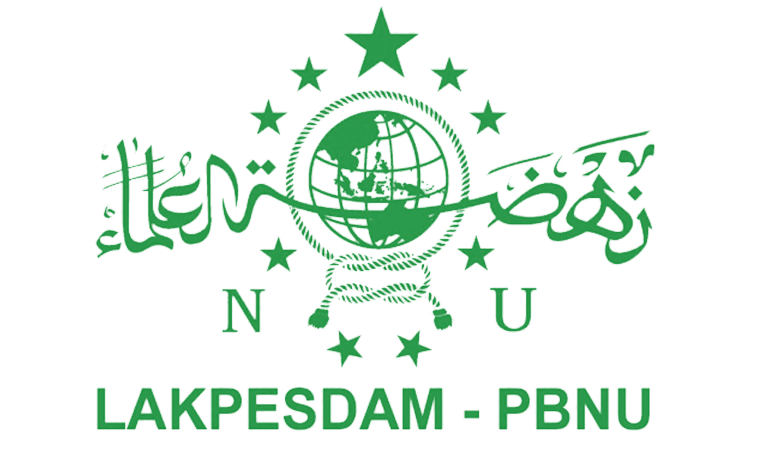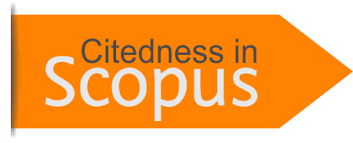DISSEMINATION OF RELIGIOUS MODERATION FOR THE MILLENNIAL GENERATION IN THE JENDRAL SUDIRMAN MOSQUE YOGYAKARTA
DOI:
https://doi.org/10.31969/alq.v29i1.1218Keywords:
mosque, religious moderation, millenial generationAbstract
The mosque is a religious institution with two functions: a place of worship and the formation of religious awareness (education). The role is also found in the Jendral Sudirman Mosque (MJS), which functions as a place of worship and for forming religious awareness. The construction of religious understanding at MJS is dynamic. In the 1980s, MJS was known as a place of indoctrination for Salafi-jihadi views, while in the 2010s, it was known as a cultural mosque. The change from an Islamic mosque to a cultural mosque underwent a long process. This study aims to analyze the role of agents in providing change while also forming an awareness of local culture-based religious moderation in the millennial generation. This study uses observation and interviews to find data. This study uses Pierre Bourdieu's theory of cultural reproduction to analyze an agent's role in shaping a mosque's identity. This research found three things: First, the transformation of the MJS from an Islamic mosque to a culture-moderate mosque occurred because of the accumulation of agent capital at stake in the mosque arena and formed a new habitual space. Second, MJS is a discursive space that leads to the dissemination of local culture-based religious moderation with contextualization patterns between Islam, culture, and modernity. Third, mosque-based moderation is disseminated using popular language styles and humour to make it easier for congregations to understand the material. This study concludes that the agent has an essential role in determining the identity of the mosque.
References
Arrozy, A. M. (2020). Perubahan Sosial Komunitas Masjid Kampung Jogokariyan Yogyakarta Tinjauan Sosiologi-Sejarah. JPW (Jurnal Politik Walisongo), 2(1), 55–70.
Arsam. (2019). Strategi Dakwah Takmir Masjid dalam Menangkal Radikalisme Agama di Banyumas. TASÂMUH, 17(1), 202–229. https://doi.org/10.20414/TASAMUH.V17I1.1164
Bourdieu, P. (2010). Arena Produksi Kultural: Sebuah kajian Sosiologi Budaya. Kreasi Wacana.
Bourdieu, P. (2020). The Forms of Capital. The Sociology of Economic Life, 78–92. https://doi.org/10.4324/9780429494338-6/FORMS-CAPITAL-PIERRE-BOURDIEU
Dhofier, Z. (2011). Tradisi Pesantren: Studi tentang Pandangan Hidup Kyai dan Visinya Mengenai Masa Depan Indonesia. Dalam Lp3Es. LP3ES.
Erguig, R. (2017). The mosques-based literacy campaign in Morocco: A socio-cultural perspective. Studies in the Education of Adults, 49(1), 3–25.
Harker, R., Mahar, C., & Wilkes, C. (2016). An Introduction to the work of Pierre Bourdieu: The Practice of Theory. Springer.
Hasan, N. (2008). Laskar Jihad: Islam, Militansi, dan Pencarian Identitas di Indonesia Pasca-Orde Baru, terj. LP3ES.
Kamali, M. H. (2015). The Middle Path of Moderation in Islam: The Qur’anic Principle of Wasatiyyah. ChoiceReviews, 53(3), 210–210.
Komaruddin (ed), H. (2010). Benih-benih Islam Radikal di Masjid Studi Kasus Jakarta dan Solo. Center for the Study of Religion and Culture (CSRC) Universitas Islam Negeri ….
Marshall, H. (1962). Gutenberg Galaxy: The Making of Typographic Man. University of Toronto press.
M.S.I, D. F. S. (2021). Sunan Kalijaga Dan Mitos Masjid Agung Demak. Penerbit Adab.
Murdan, M. N., Amir, S., & Nurdin, R. (2022). MOSQUE-BASED FAMILY TRAINING IN STRENGTHENING THE VALUES OF RELIGIOUS MODERATION IN WEST SULAWESI. Al-Qalam, 28(1), Art. 1. https://doi.org/10.31969/alq.v28i1.1078
Musdalifah, I., Andriyani, H. T., Krisdiantoro, K., Putra, A. P., Aziz, M. A., & Huda, S. (2021). Moderasi Beragama Berbasis Sosio Kultural pada Generasi Milenial Desa Balun Kecamatan Turi Kabupaten Lamongan. Sosial Budaya, 18(2), 122–129.
Noer, D. (1996). Gerakan Modern Islam Indonesia 1900-1942. LP3ES.
Ri, K. A. (2021). Moderasi Beragama. Badan Litbang dan Diklat Kementerian Agama RI.
Ricklefs, M. (2013). MengIslamkan Jawa: Sejarah Islamisasi di Jawa dan Penentangnya dari 1930 sampai Sekarang (Vol. 14). Serambi Ilmu Semesta.
Ricklefs, M. C. (2006). Mystic Synthesis in Java. EastBridge.
Ritzer, G. (2012). Teori Sosiologi: Dari sosiologi Klasik Sampai Perkembangan Terakhir Postmodern (Vol. 11). Pustaka Pelajar.
Roqib, M. (2009). Ilmu Pendidikan Islam; Pengembangan Pendidikan Integratif di Sekolah, Keluarga dan Masyarakat. LKIS Pelangi Aksara.
Setia, P., & Dilawati, R. (2021). Tren Baru Islam melalui Gerakan Hijrah: Studi Kasus Shift Pemuda Hijrah. Khazanah Theologia, 3(3), 131–146.
Sirait, A. M. (2020). JEMAAH MAHASISWA SALAFI DI MASJID POGUNG YOGYAKARTA. Jurnal Sosiologi Agama, 14(2), 215–234.
Solahudin. (2011). Dari NII salmpai JI: Salafy Jihadisme di Indonesia. Komunitas Bambu.
Sutirsno, B. H. (2009). Sejarah Walisongo: Misi Pengislaman Di Jawa. Graha Pustaka.
Taufik, Z. (2018). Berebut Kuasa Rumah Tuhan: Ekspansi Ideologi Radikal Melalui Masjid di Kota Bekasi. Islam Realitas: Journal of Islamic and Social Studies, 4(1), 21–38.
Wahid, A. (2001). Menggerakkan Tadisi: Esai-Esai Pesantren. LKis.
Woodward, M. R. (2004). Islam Jawa: Kesalehan Normatif Versus Kebatinan. Yogyakarta : LKiS.
Additional Files
Published
Issue
Section
License
Authors who publish with this journal agree to the following terms:
- Authors retain copyright and grant the journal right of first publication with the work simultaneously licensed under Creative Commons Attribution-NonCommercial-ShareAlike 4.0 International License that allows others to share the work with an acknowledgement of the work's authorship and initial publication in this journal.
- Authors are able to enter into separate, additional contractual arrangements for the non-exclusive distribution of the journal's published version of the work (e.g., post it to an institutional repository or publish it in a book), with an acknowledgment of its initial publication in this journal.
- Authors are permitted and encouraged to post their work online (e.g., in institutional repositories or on their website) prior to and during the submission process, as it can lead to productive exchanges, as well as earlier and greater citation of published work (See The Effect of Open Access).















